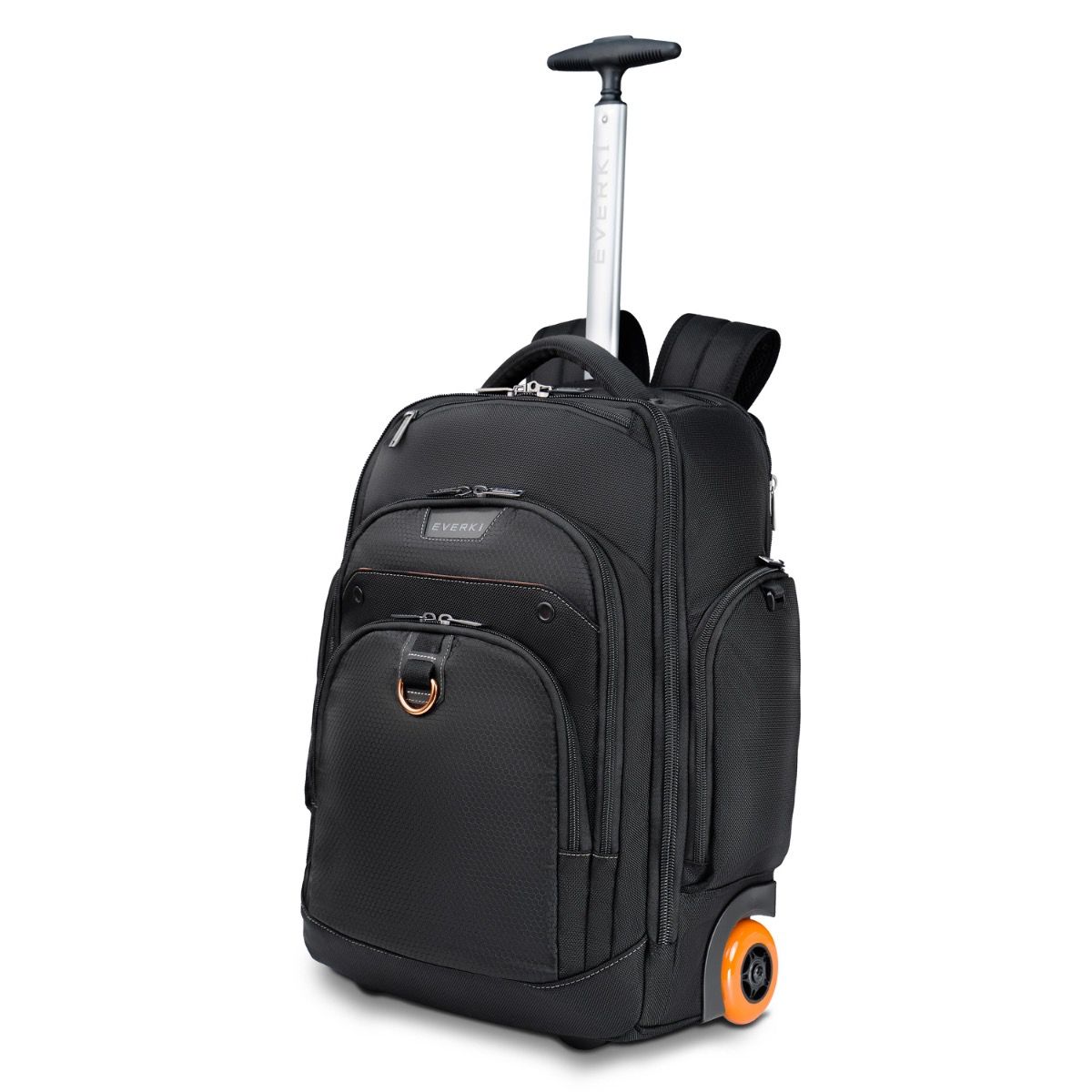Statistical Report on Digital Nomadism Growth & Its Needs
Hey, guess what? There's a whole world of digital nomads out there!
Did you know that as we enter 2024, there are a whopping 35 million digital nomads worldwide? And get this: the U.S. alone has a staggering 16.9 million digital nomads!
Most of them are Millennials, and they're making around $123,578 a year on average!
Not only that, but they're also reducing their carbon footprint by 78% compared to the average American.
Plus, they've seen so much of the world!
If the digital nomad lifestyle fascinates you, keep reading to learn more and maybe even become one yourself!
Table of Content:
- Introduction
- What’s a Digital Nomad?
- The Rise of Digital Nomads: Statistics and Trends
- Statistics on Digital Nomad's Demographics
- Digital Nomad Communities: Connecting Globally
- Digital Nomad Lifestyle: Needs and Challenges
- Best Cities for Digital Nomads
- 10 Facts about Digital Nomads
- Conclusion
- FAQs
Introduction:
Digital nomadism has come a long way; it’s no longer a niche concept. It’s become a global movement that has totally revolutionized traditional offices.
Let's dig deeper into the digital nomad statistics and understand its impacts and reasons why you might want to jump on board. Trust me, it’s going to be an exciting ride!
What’s a Digital Nomad?

Okay, so you might be asking yourself, what’s a digital nomad? Look no further; you have your answer right here:
A digital nomad is a tech-savvy individual who embraces a location-independent lifestyle, using technology to work remotely. This means they can explore new destinations, dive into diverse cultures, and maintain a flexible work-life balance. digital nomad statistics
Usually, digital nomads work as copywriters, data analysts, translators to developers, and even graphic designers.
These nomads often work as freelancers. But hey, they can also be full-time employees, contractors, or even run their own companies.
It's all about living life on your own terms!
Meaning of Nomad Lifestyle:
Do you ever wonder what the digital nomad lifestyle means? The digital nomad lifestyle includes freedom, flexibility, and a sense of adventure. It allows you to escape from traditional office work and start a journey that is truly yours. Endless possibilities and thrilling experiences are at the core of this lifestyle. Digital nomads have influenced many statistics. So, are you ready to join the nomad tribe and create a path for yourself?
The Rise of Digital Nomads: Statistics and Trends:

The number of digital nomads has been in
creasing, although there is no certain way of determining their exact number owing to multiple factors. However, recent studies have shown a rise of digital nomads.
You might ask yourself, why is that so? Well, for starters, who doesn’t like a lifestyle that allows you to work from anywhere, as long as you have your laptop and a stable internet connection?
But this rise is not just driven by the location-independent lifestyle. It is much more than that! Let’s explore some rising digital nomad statistics:
According to the 2023 Digital Nomads Report: Nomadism Enters the Mainstream - MBO Partners - the number of digital nomads in the US is continually rising. Hold onto your seats; I have got some mind-blowing stats for you:
- The pandemic had the biggest impact on the rise of digital nomads. In 2020, we saw a jaw-dropping 49% increase, with a whopping 10.9 million digital nomads compared to 7.3 million in 2019. Talk about a game-changer!
- But wait, there's more! In 2021, digital nomads grew by 42%, reaching 15.5 million Americans embracing this lifestyle. And the growth didn't stop there. In 2022, we saw a steady rise to 16.9 million Americans, marking a total increase of 131% since the pre-pandemic years. It's safe to say that the digital nomad movement is on fire!
And then a few other factors kicked in, including:
- increasing availability of remote work opportunities
- advancements in technology
- shifting attitudes towards traditional office environments.
Statistics on Digital Nomads Demographics:
As of 2024, there are around 35 million digital nomads worldwide, and 16.9 million are from the United States.
The table below shows the growing number of Digital Nomads in the United States. Have a look to understand the digital nomad stats:
(Source: Statista)
|
Year |
Number of Digital Nomads |
|
2022 |
16.9 million |
|
2021 |
15.5 million |
|
2020 |
10.9 million |
|
2019 |
7.3 million |
|
2018 |
4.8 million |
The country-wise ranking of the nomad population is as follows:
- As mentioned, the United States holds the largest population of digital nomads, i.e., 47%.
- The second largest country that holds Digital Nomads is the United Kingdom, accounting for around 7%.
- Russia, the third largest country for digital nomads, holds 5% of their population.
- Canada & Germany have 4% of them.
- France has 3% of Digital Nomads.
- While Australia, Brazil & Netherlands hold 2% of their population.
Furthermore, it is interesting to note that most digital nomads are young.
- Almost half of the Digital Nomads are Millennials, making up around 42% of the population.
- Gen Z, on the other hand, holds only 19% of the population.
What about the remaining 36%, you ask?
23% of the total nomads are Gen X,
- while 13% are Baby Boomers.
Does that sound surprising to you? Don’t be! It’s all about the exposure to technology.
Digital Nomad Communities: Connecting Globally:

As the real world works on networks and communities, digital nomads also have communities and networks that help them navigate the challenges of working remotely.
Many digital nomad communities have emerged worldwide, providing them the platforms to connect with like-minded people, collaborate, work remotely, and share valuable insights.
Leading Digital Nomad Communities include and are not limited to:
- Behance
- Wifi Tribe
- Nomad List
- Work From
Furthermore, numerous social media groups also allow the nomads to network and connect. One such example is the Facebook Group named Global Digital Nomad Network, which has an astonishing 46,000 members.
While these groups can be a great place to connect, remember to conduct your research first, as some of the members of the groups can be scammers.
Digital Nomad Lifestyle: Needs and Challenges:
The digital nomad's lifestyle has become popular - majorly because of the nomad lifestyle in the USA - since it provides individuals with the sort of work-life balance we all yearn for.
However, this lifestyle has its own challenges. From reliable internet connectivity to affordable accommodation, digital nomads require essential resources to sustain their lifestyle.
Unplugging and Loneliness: Buffer's report highlights that 25% of digital nomads struggle with unplugging, while 24% face loneliness.
Top Challenges Reported:
- Personal safety (34%)
- Being away from family and friends (32%)
- Time zone differences (30%)
- Loneliness (26%)
- Travel logistics (25%)
- Managing work and travel (25%)
Reasons for Discontinuation:
- Tired of traveling
- Expense
- Challenging logistics
- Loneliness
- Difficulty combining work and travel
- Missing family and friends
FlexJobs Survey Findings:
- Finding reliable Wi-Fi (52%)
- Finding a good place to work (42%)
- Networking (35%)
- Time zones (29%)
- Work communications (20%)
Struggles of Self-Employed Individuals:
- Distractions and staying motivated (9%)
- Loneliness (33%)
- Overworking (33%)
- Career progression (25%)
- Coordinating with coworkers in different time zones (20%)
These digital nomad statistics shed light on challenges faced by digital nomads, from practical hurdles such as looking for reliable Wi-Fi to emotional struggles such as loneliness and overworking. Knowing and understanding these challenges is the key for seasoned nomads and those dreaming of this lifestyle.
The key lies in finding the right balance that works for you.
Digital Nomads Reshaped Around the World:

Digital Nomads have been reshaped around the world. For centuries, people have been approaching work & travel a certain way. Digital nomads have reshaped that. They have influenced multiple industries, ranging from hospitality to technology. They have had a massive impact such that it has sparked the emergence of remote work policies and innovations that revolve around their needs.
- Co-living Spaces are trending. These are accommodations designed specifically for remote workers. These spaces provide a place to stay and a community of like-minded individuals.
- Remote work policies allow nomads to work from anywhere, providing them the freedom to live on their own terms.
Best Cities for Digital Nomads:
Now the question arises: can you live anywhere, or are there any best cities for digital nomads?
The nomad must choose a place that allows them to have a work-life balance. After all, All work and no play makes Jack a dull boy!
When choosing a city, nomads usually consider two crucial factors:
- Cost of living
- Quality of internet
Several cities have emerged as hotspots for digital nomadism. These cities offer a blend of affordability, infrastructure, and lifestyle facilities.
Based on the internet speed & number of workstations:
- Bangkok, Thailand, is the best place to work for a digital nomad.
- Delhi, India, is the second best place for a digital nomad to work.
Digital Nomads travel all around the world. Here is a list of the Top 10 Countries visited by digital nomads:
- US
- Spain
- Thailand
- The UK
- Germany
- Mexico
- France
- Italy
- Portugal
- Indonesia
When it comes to cities, London is the most visited.
10 Facts about Digital Nomads:
Here are 10 facts about digital nomads:
- 91% of digital nomads have completed their higher education.
- 54% of digital nomads have a bachelor's degree.
- 51% of digital nomads work at their homes.
- 22% of digital nomads think flexibility in schedule is the most important aspect.
- 12% of remote workers save time as they don’t have to travel.
- Most digital nomad men prefer hiking.
- Nearly half of the digital nomads said they don't live in a place for more than a day.
- 45% of digital nomad women prefer yoga.
- Barbados is the least-liked country by digital nomads.
Conclusion:
Digital nomadism is growing. It highlights the shift in work and lifestyle choices. With the evolving technology & availability of remote work, digital nomadism is expected to grow.
Ready to embrace the digital nomad lifestyle? Join vibrant communities, explore new destinations, and redefine how you work and live.
Visit Everki and take the first step towards a location-independent lifestyle today!
FAQs:
Q: Who is a digital nomad?
A: A digital nomad uses technology to work remotely from any location and leads a location-independent lifestyle. Most digital nomads are freelancers, although some can be full-time employees, contractors, or even run their own businesses.
Q: How has digital nomadism grown in recent years?
A: Over the recent years, digital nomadism has grown steadily. There has been an overall 131% increase in digital nomads post-pandemic.
Q: What are some challenges faced by digital nomads?
A: Reliable internet, affordable accommodation, emotional challenges such as feelings of loneliness & missing friends and family, and difficulty combining work & travel are some challenges digital nomads face.
















